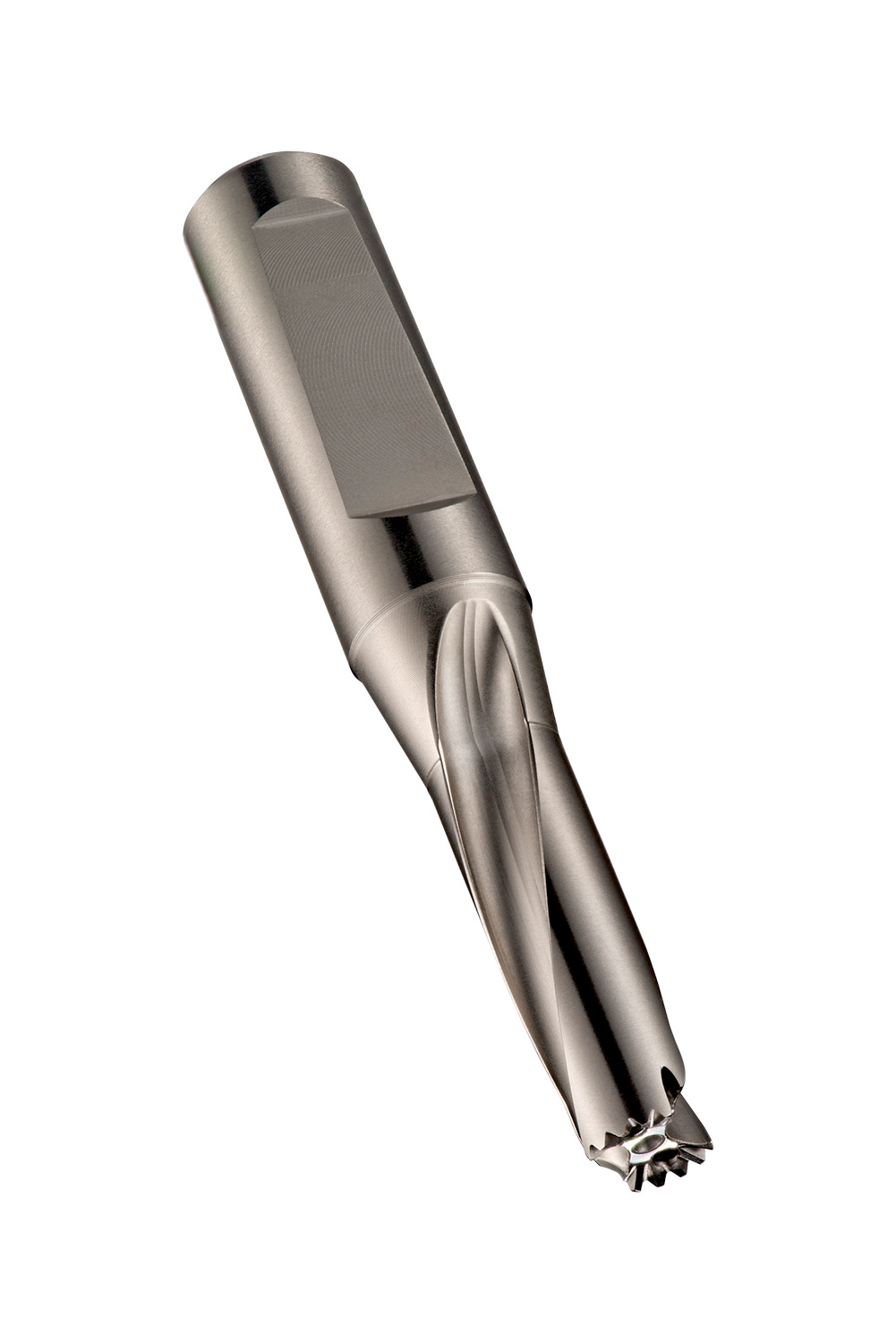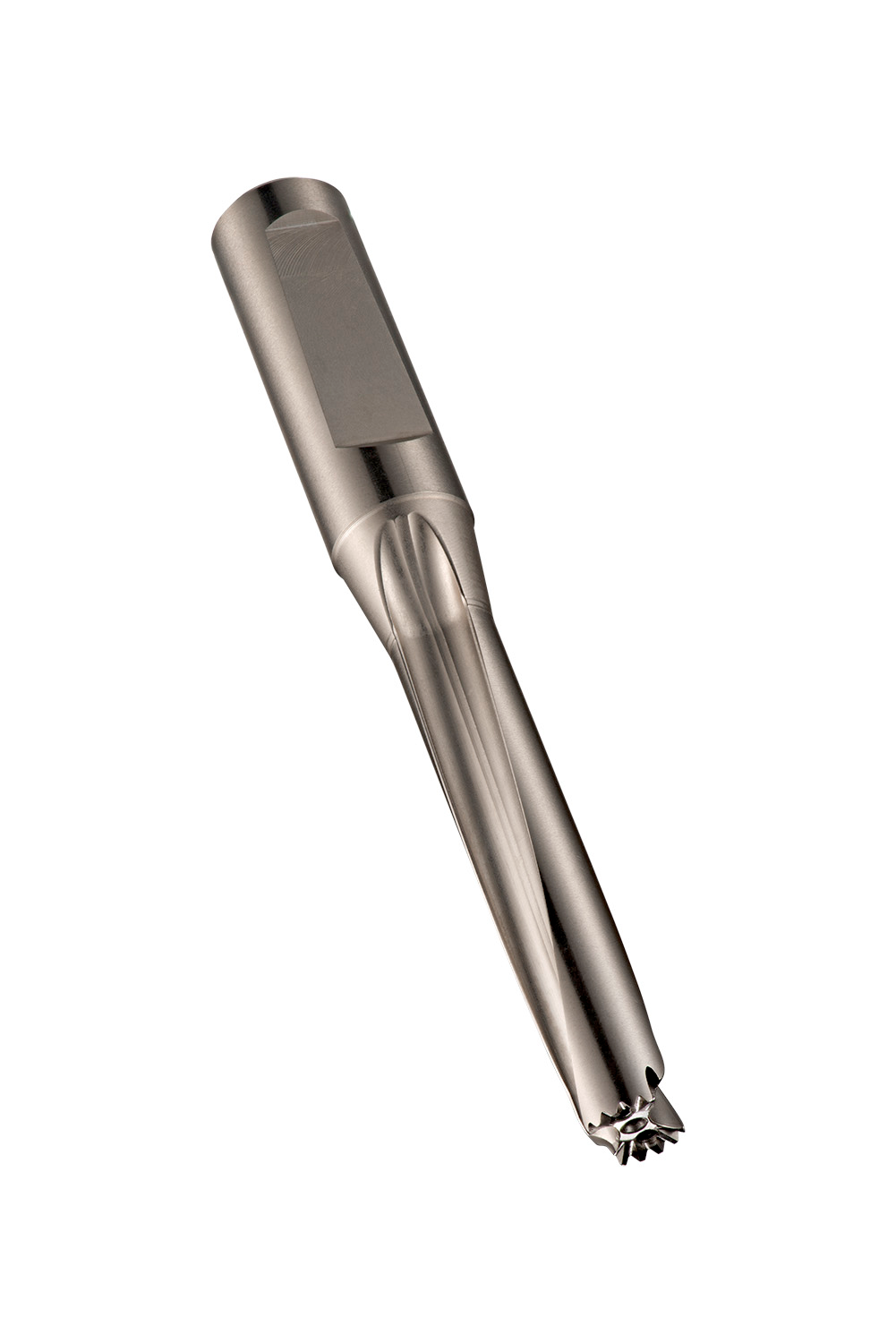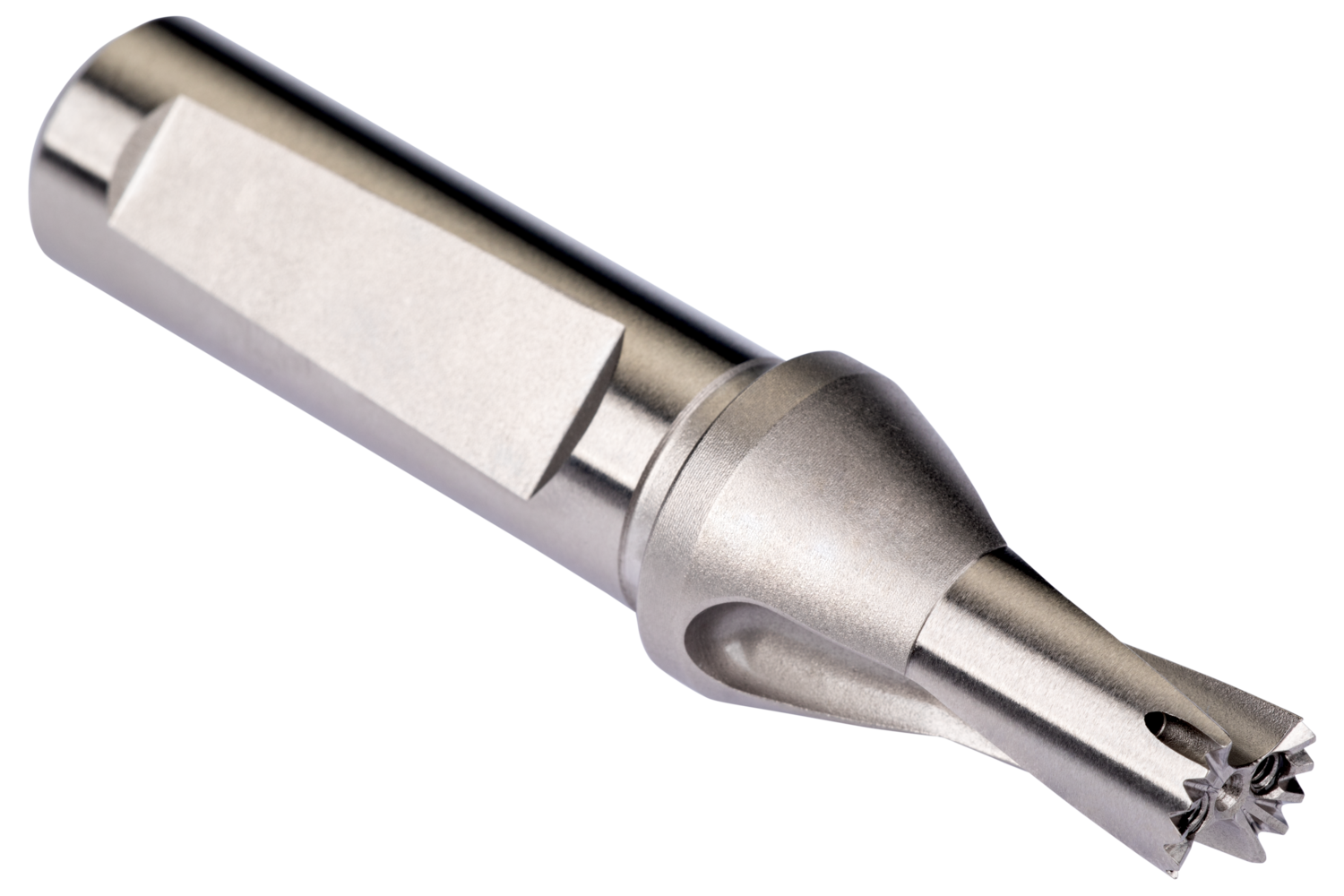R96012.5
Hydra Drill Head for Stainless Steel
Main properties
Material ID: 5988925
ISO Code: R96012.5
AvailabilityIn stock
Availability in Distribution Centres
Europe Distribution Center(default): 2
Americas Distribution Center: 0
Description
High-performance replaceable drill head HYDRA M, diameter 12.5mm according to DORMER standard with 140° modified 4-facet split point, solid carbide with Ti-phon coating for drilling stainless steel in combination with HYDRA body size 12.5mm or 1/2", H853 for up to 3xD, H855 for up to 5xD or H858 for up to 8xD
Product Feature
Product Detail
| Description | Value |
|---|---|
| Product name | R96012.5 |
| Ordering code ANSI | R96012.5 |
| EAN number | 7320760013519 |
| Cutting diameter - millimeter (DC) | 12.5 mm |
| Head length - millimeter (LH) | 9.4 mm |
| Product Line | HYDRA |
| ISO | R96012.5 |
| ANSI | R96012.5 |
| Brand Name | Dormer Pramet |
| Net weight - grams | 13 |
| Gross weight - grams | 13 |
| Product number (SAP) | 80024116 |
| EDP number | 0013519 |
Related Parts

H853Hydra Body 3 x D12.00 - 42.50

H855Hydra Body 5 x D12.00 - 42.50

H851Hydra Body 1.5 x D31/64 - 30.00
Cutting Conditions
PP - Steel and cast steel (steels with alloy content ≤ 10% and a hardness of < 45HRC)
MM - Stainless steel (corrosion resistant steels with ≥ 11% chromium content)
KK - Cast Iron (castings of iron and carbon alloys with > 2% carbon content)
SS - High-temperature alloys (superalloys with high temperature stength and corrosion resistant surpassing that of stainless steel)